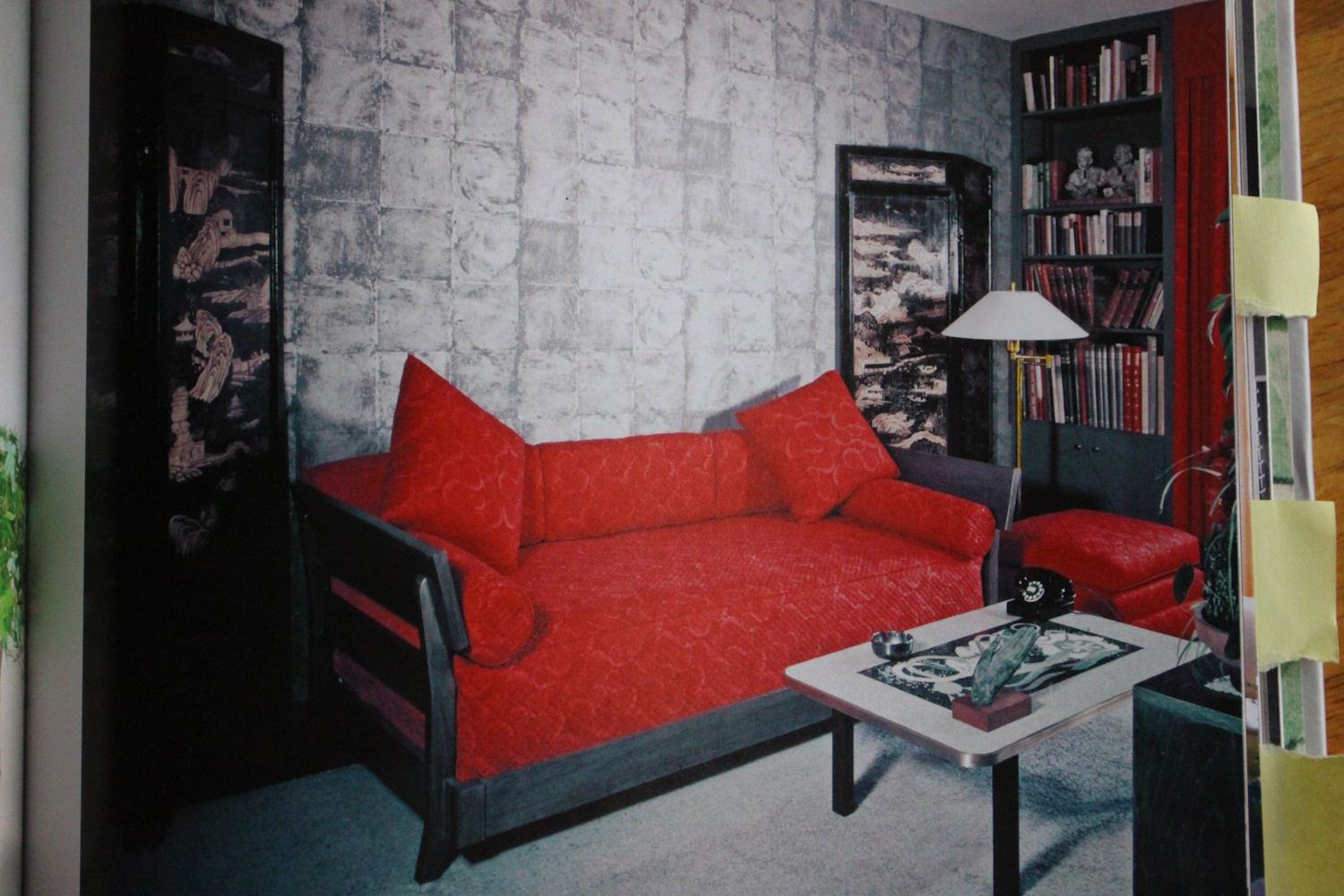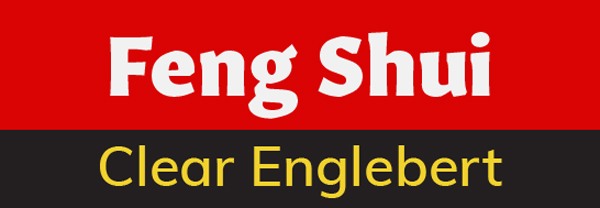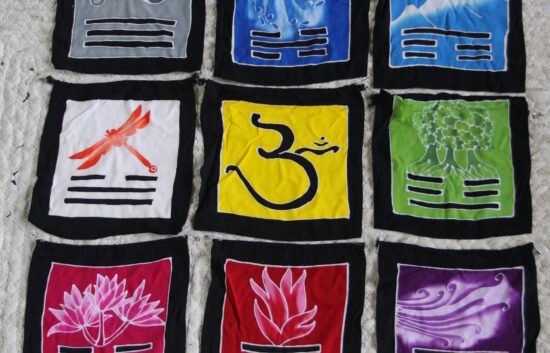Feng Shui and Interior Wall Color (Part 1)
Wall color is a subject that is near and dear to my heart. There are only two rooms in our house that are white—the bathroom and the library. The library has so many shelves that not much wall is seen anyway, and the brightness of white is appreciated in a room where reading is the purpose.

White is a “say nothing” color. This is a nice enough bedroom, but adding color to the wall would express commitment. A subtle yellow or light sage green would complement the bedspread. Yellow is for happiness; green for healing — appropriate sentiments for a master bedroom.
As for bathrooms, I’m a fan of say nothing bathrooms, and white is a say nothing color if there ever was one. I should immediately add that say nothing bathrooms can still be quite lovely, but they say “Ahhh.” rather than “Ta da!” (Bathrooms that say “Ta da!” would benefit from more understatement in the décor; showy is not what you want in a bathroom.)
The message of homes with all white interior walls can be “failure to commit.” Color equals commitment. As soon as color pigment has gone onto the wall, you are expressing commitment. In Feng Shui for Hawaii, I have a section devoted to interior wall color. (Pages 110 through 112.) I list some color options I recommend, and the top two on the list are the ones I always mention when someone asks me about painting inside—yellow and green—yellow for happiness and green for growth. Here’s what I say about them in the book:
Yellow is a gathering color in feng shui and encourages people to be happy together. Yellow is the happiest color. It’s warm without being hot.
Sage green is a mild, greyed-down green and is popular for good reason. Green is a healing color, and I often recommend it for doctor’s offices and massage rooms. It’s cool without being cold.
Faber Birren’s books on color are well respected, and I’ve known of them for years, but I only recently got around to reading his intriguing book Color in Your World. The sections on yellow and green are both very positive and give good reason for including those colors in our environment. He says, “Yellow goes with high-mindedness… It is expansive and liked by those who have great expectations and who diligently seek self-fulfillment…. Yellow is the hue of idealism and idealists whose minds are open to mystical thoughts.” Regarding green: “If this is your color, you are sure to be constant in your ways, persevering, sensible, respectable…. Green is one of the chief colors of nature, and as such it is a token of peace, equanimity and the good life.”
My motto is: “Color pigment costs no more than white pigment.” You’ve invested commitment, not more money—and you can expect excellent payback in your life, if you choose your colors wisely.
Part Two of this subject will focus on choosing accent wall colors using the bagua, and I will address the importance of knowing where to change colors.
Leave a Comment Cancel Comment
Related Posts
Feng Shui & Prayer Flags
Feng Shui & Dim Lighting
Feng Shui & New Rugs That Look Old
Recent Posts
Three Famous Gay Men from Huntsville, Alabama

My Youtube Feng Shui Channel




